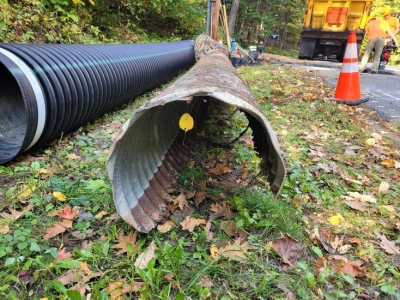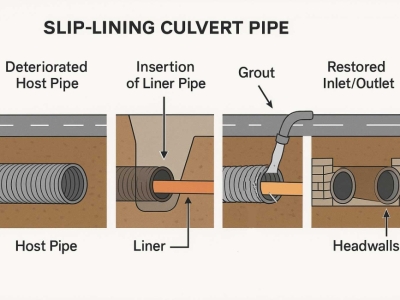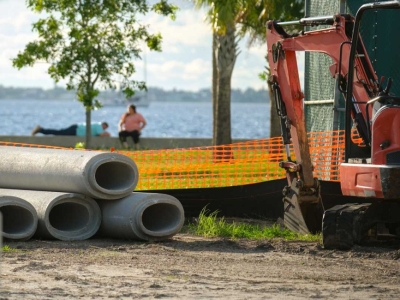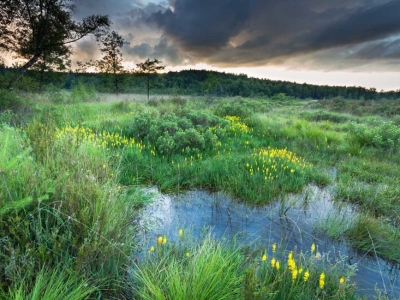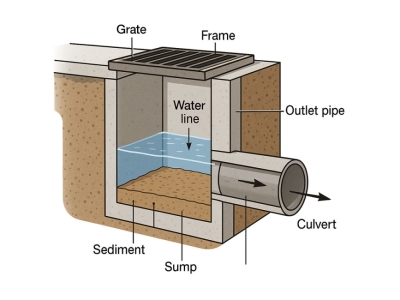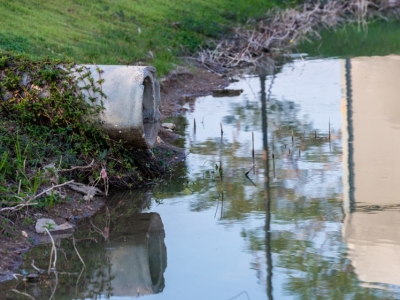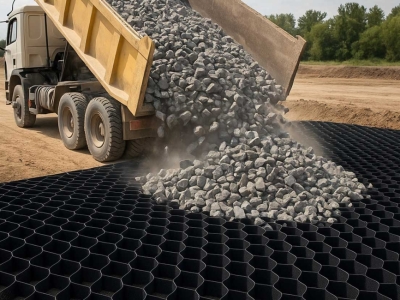When a culvert begins to corrode, crack, or separate at the joints, engineers and highway departments often face a choice between excavating the old pipe and installing a new one or rehabilitating the existing structure in place. Slip-lining is the most widely used trenchless rehabilitation techniqu…
continue

